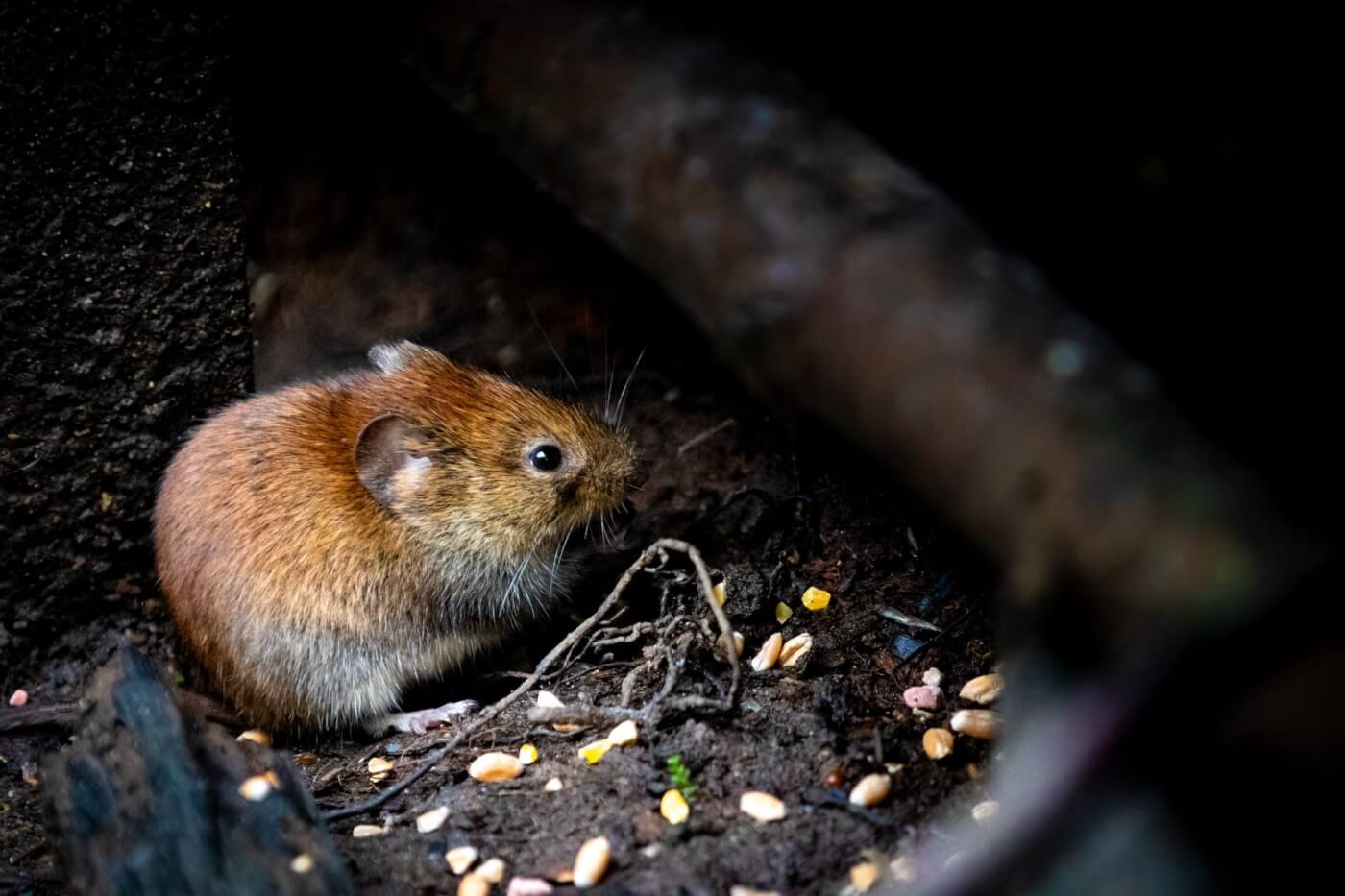Jharkhand Bans Cruel Glue Traps for Rodent Control in Response to PETA India Appeal
Following an appeal from PETA India, the Jharkhand State Animal Welfare Board issued a circular instructing the deputy commissioner-cum-chair of the District Committee for Prevention of Cruelty to Animals of all districts to comply with advisories circulated by the Animal Welfare Board of India (AWBI) against glue traps for catching rodents.
In its appeal, PETA India requested that the state take immediate steps to implement the AWBI’s prohibition of cruel and illegal glue traps. Jharkhand is the latest of 25 states and union territories to issue directions against these sticky traps. Similar circulars taking action on glue traps have been issued by the governments of Andaman and Nicobar Islands, Andhra Pradesh, Arunachal Pradesh, Chhattisgarh, Delhi, Goa, Gujarat, Himachal Pradesh, Jammu and Kashmir, Karnataka, Ladakh, Lakshadweep, Madhya Pradesh, Maharashtra, Manipur, Meghalaya, Mizoram, Odisha, Sikkim, Tamil Nadu, Telangana, Tripura, Uttarakhand, and West Bengal.
The use of glue traps is a punishable offence under Section 11 of The Prevention of Cruelty to Animals Act, 1960. Usually made of plastic trays or sheets of cardboard covered with strong glue, glue traps are indiscriminate killers, often catching non-target animals, including birds, squirrels, reptiles, and frogs. This also makes their use a violation of the Wild Life (Protection) Act, 1972, which prohibits the “hunting” of protected indigenous species. As reiterated by the circular, mice, rats, and other animals caught in these traps can die of hunger, dehydration, or exposure after days of prolonged suffering. Others may suffocate when their noses and mouths become stuck in the glue, and some even chew through their legs in a desperate attempt to escape and die from blood loss. Those found alive may be thrown away along with the trap or face an even more traumatic death, such as bludgeoning or drowning.
The best way to control rodent populations is to make the area unattractive or inaccessible to them: eliminate food sources by keeping surfaces and floors clean and storing food in chew-proof containers, sealing trash cans, and using ammonia-soaked cotton balls or rags to drive rodents away (they hate the smell). After giving them a few days to leave, seal entry points using foam sealant, steel wool, hardware cloth, or metal flashing. Rodents can also be removed using humane cage traps but must be released where they will find adequate food, water, and shelter to help them survive.
Glue traps are ineffective in the long term because they don’t deal with the root of the problem. Simply put, more rats and mice move in to fill the void traps create, as a brief increase in the food supply prompts them to breed. The result is a vicious killing cycle in which many animals suffer and die.








